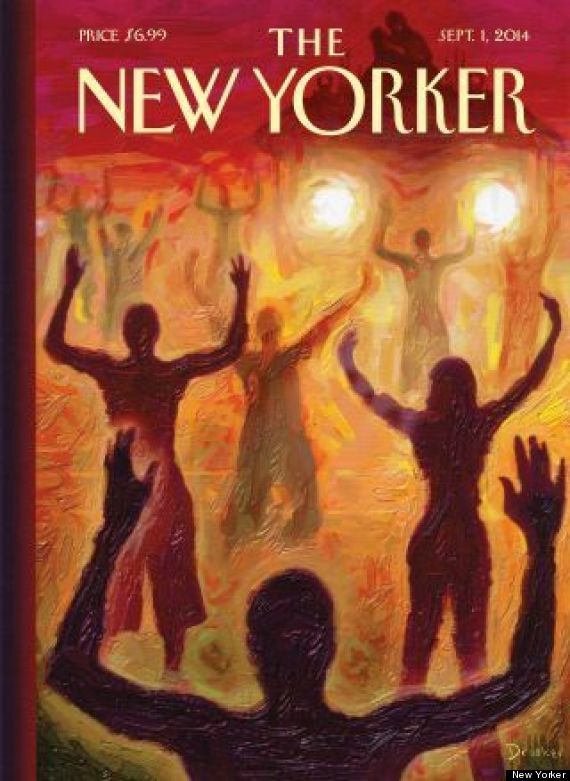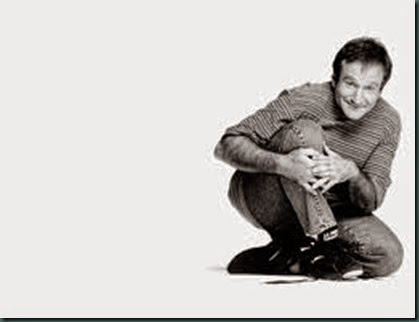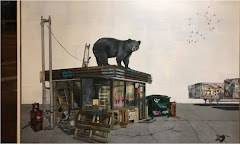
It’s that time of the year. Okay, technically it’s all the time, but I just notice it more right after Labor Day.
The first week of September in Canada traditionally marks both the return to school and the arrival of the Toronto International Film Festival.
With school comes a new crowd of fresh faced, energetic innocents –- most of them it seems entering film school. The vast percentage of these will already have a script (if not on paper then in mind) destined to shake the cinematic firmament –- or at least land them their first industry job.
Likewise, the streets of Toronto as well as Vancouver and the other lesser city film festivals that follow will be abnormally populated with screenwriters hoping to connect with the movers and shakers of film and television at every seminar, industry forum, screening and cocktail party they can crash.
Most of these writers will fail. And the biggest reason for that is --despite their talents or abilities, they don’t have what it takes to be a writer in the first place.
It’s something those of us who make our livings at screenwriting rarely discuss, even among ourselves. And it has nothing to do with one’s skillset.
Frankly, I’ve always believed that screenwriting is a craft which can be learned as easily as welding or carpentry. That’s basically how I taught myself. Out of “How to” books, by attending lectures by the masters, the trial and error of working in the sausage factory.
But knowing how does not translate to being successful or having a career. That takes something more. Something most writers don’t confront early enough to know whether their perceived path to fame, fortune and creative realization can be travelled.
Of all the script Gurus I’ve met along my own path, which has included such renowned names as Syd Field and Robert McKee, the one I’ve respected most is John Truby.
John has a way of cutting through it all and speaking simple, understandable truths. Basically, exactly what you expect of any kind of Guru.
And today, I want you to listen to what he says about why writers fail. Because I can tell you from experience and from watching dozens of writers far more intelligent and talented than I’ll ever be fall away, that he is speaking the truth.
If you are not the person John Truby describes, save yourself while there is still time.
And Enjoy Your Sunday.
















